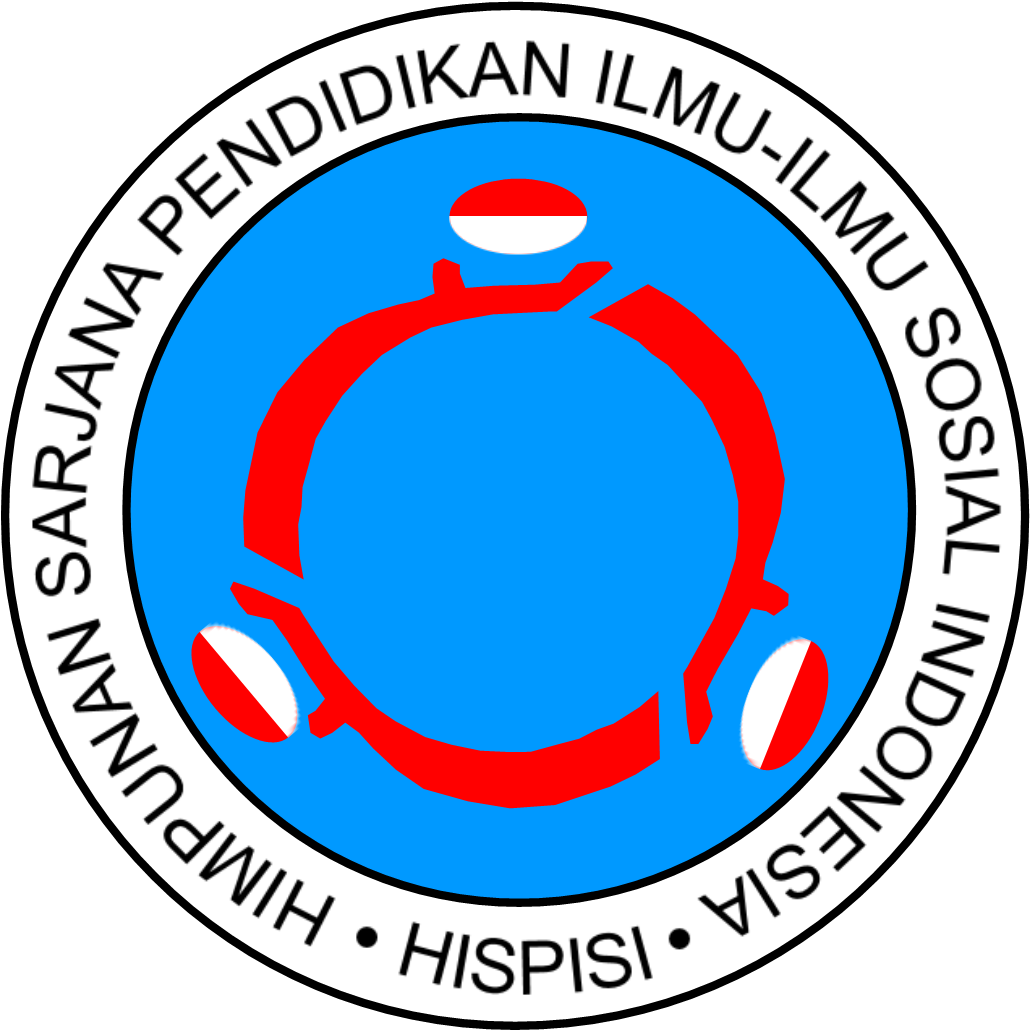Overview Of Technology In Classroom Assessment From The Perspective Of Students, Educators, And Administrators
Abstract
Keywords
Full Text:
PDFReferences
Almekhlafi, J., & Almeqdadi, K. (2010). Reconceptualizing the role of educators as assessors: teacher assessment identity. Assess. Educ, 5 (2), 1-26.
Anthony, A. B., & Patravanich, S. (2014). Is the technology principal to be or not to be? Journal of Cases in Educational Leadership, 17 (2), 3–19. doi:10.1177/1555458914528913.
Azuqua, E. N., Onasanya, S. A., Onasanya, T. O., & Aladesus, G. A. (2022). Effect Glogster on students’ academic achievement in selected basic technology concepts in the Ilorin metropolis. ASEAN Journal of Science and Engineering Education, 2 (1), 97-110.
Bailey, A. L., & Heritage, M. (2008). (2008). Formative Assessment for Literacy, Grades K-6: Building Reading and Academic Language Skills Across the Curriculum. Thousand Oaks: Corwin Press.
Bennett, R. E. (2011). Formative assessment: a critical review. Assess. Educ. , 8 (1), 5-25. doi: 10.1080/0969594X.2010.513678
Broadfoot, D. and Black, P. (2004). Assessment and classroom learning. Assess. Educ. 5, 7–74. doi: 10.1080/0969595980050102
Deluca, C. (2012). Assessment for learning in the classroom: barriers to implementation and possibilities for teacher professional learning. Assess. Matters, 4, 5–29. Available online at: https://www.nzcer.org.nz/nzcerpress/assessment-matters/articles/assessment-learning-classroom-barriers-implementation-and
Ertmer, N., & Otternbreit-Leftwich, W. (2010). Selection of touch gestures for children's applications: repeated experiment to increase reliability. Int. J. Adv. Comput. Sci. Appl.5(2), 97-102. doi: 10.14569/IJACSA.2014.050415
Ertmer, P. A., Ottenbreit-Leftwich, A., & York, C. S. (2007). Exemplary technology-using teachers: Perceptions of factors influencing success. Journal of Computing in Teacher Education, 2 (3), 55-61.
Frederick, A.; Schweizer, D and Lowe, K. (2006). Sophisticated tasks in e-assessment: what are they and what are their benefits? Assess. Eval. Higher Educ. 34, 305–319. doi: 10.1080/02602930801956034
Gherheș, V., Stoian, C. E., Fărcașiu, M. A., & Stanici, M. (2021). E-learning vs. face-to-face learning: Analyzing students’ preferences and behaviors. Sustainability, 13 (8), 43-81.
Goktas, Y., Yildirim, A. and Yildirim, K. (2009). Experienced iPad-using early childhood educators: practices in the one-to-one iPad classroom. Comput. Schl. 34, 1–15. doi: 10.1080/07380569.2017.1287543
Gonski, D. (2018). Through Growth to Achievement: Report of the Review to Achieve Educational Excellence in Australian Schools. Commonwealth of Australia. Retrieved from: https://docs.education.gov.au/system/files/doc/other/662684_tgta_accessible_final_0.pdf
Hawi, N. S. (2012). Internet addiction among adolescents in Lebanon. Computers in Human Behavior, 28(3), 1044-1053.
Hodges, D., Eames, C., and Coll, R. K. (2014). Theoretical perspectives on assessment in cooperative education placements. Asia Pac. J. Cooper. Educ. 15, 189–207. Available online at: https://eric.ed.gov/?id=EJ1113725
Kahveci, M. (2010). Students’ perceptions to use technology for learning: Measurement integrity of the modified fennema-sherman attitudes scales. The Turkish Online Journal of Educational Technology, 9 (1), 185-201
Koomen, M., and Zanetti, N. (2018). Strategic planning tools for large-scale technology-based assessments. Assess. Educ. 25, 200–223. doi: 10.1080/0969594X.2016.1173013
Liu, F., Ritzhaupt, A. D., Dawson, K., & Barron, A. E. (2017). Explaining technology integration in K–12 classrooms: a multilevel path analysis model. Educational Technology, Research, and Development, 65 (4), 795–813.
Lopez, L. M., and Pasquini, R. (2017). Professional controversies between educators about their summative assessment practices: a tool for building assessment capacity. Assess. Educ. 24, 228–249. doi: 10.1080/0969594X.2017.1293001
Machado, L. J., & Chung, C. J. (2015). Integrating Technology: The Principals’ Role and Effect. International Education Studies, 8 (5), 43-53.
Maki, R. M. (2008). An examination of the relationship between teacher efficacy and curriculum-based measurement and student achievement. Remed. Spcl. Educ. 27, 141–152. doi: 10.1177/074193259501600408
Mardiana, H. (2020). Lecturers’ Adaptability to Technological Change and Its Impact on the Teaching Process. Journal Pendidikan Indonesia , 9 (2), 785-789.
Martin, W., Strother, S., Beglau, M., Bates, L., Reitzes, T., and McMillan Culp, K. (2010). Connecting instructional technology professional development to teacher and student outcomes. J. Res. Technol. Educ. 43, 53–74. doi: 10.1080/15391523.2010.10782561
Ministerial Council on Education Employment Training, and Youth Affairs (MCEETYA). (2008). Melbourne Declaration on Educational Goals for Young Australians. Melbourne, VIC: MCEETYA.
Mussawy, S. A. J., Rossman, G., & Haqiqat, S. A. Q. (2021). Students and teachers’ perceptions and experiences of classroom assessment: A case study of a public university in Afghanistan. Higher Learning Research Communications, 11(2) 22–39. DOI: 10.18870/hlrc.v11i2.1244
Obuh, A. O. (2010). Web Affinity: A study of undergraduate students in Nigerian universities. Library Philosophy and Practice.
Penuel, W. R. (2007). What makes professional development effective? Strategies that foster curriculum implementation. Am. Educ. Res. J. 44, 921–958. doi: 10.3102/0002831207308221
Popham, W. J. (2009). Assessment literacy for educators: Faddish or fundamental? Theor. Pract. 48, 4–11. doi: 10.1080/00405840802577536
Randel, B., and Clark, T. (2013). “Measuring classroom assessment practices,” in SAGE Handbook of Research on Classroom Assessment, ed J. H. McMillan (Thousand Oaks, CA: SAGE), 145–163. doi: 10.4135/9781452218649.n9
Russell, M. (2010). “Technology-aided formative assessment of learning,” in Handbook of Formative Assessment, eds H. L. Andrade and G. J. Cizek (New York, NY: Routledge, 125–138.
Stiggins, R. J. (2002). Assessment crisis: the absence of assessment for learning. Phi Delta Kappan 83, 758–765. doi: 10.1177/003172170208301010
Stuart G. (2009). Assessment and learning: fields apart? Assess. Educ. 24, 317–350. doi: 10.1080/0969594X.2017.1319337
Syaifuddin, M. (2019). The effect of students’ perception on classroom assessment to students’ attitudes. Journal of Physics: Conference Series, 1-9.
Tangiri, R. N., & Köprülü, F. (2021). The views of administrators regarding the use of technology in education. Near East University Journal of Education Faculty, 4 (2), 22-30.
Webster, M. D. (2017). Philosophy of Technology Assumptions in Educational Technology Leadership. Journal of Educational Technology & Society; Palmerston North, 20 (1), 25– 36.
William, R. (2010). “Essential formative assessment competencies for educators and school leaders,” in Handbook of Formative Assessment, eds H. L. Andrade and G. J. Cizek (New York, NY: Routledge, 233–250.
Woloshyn, V. W. (2017). Promoting student-centered learning using iPads in a grade 1 classroom: using the digital didactic framework to deconstruct instruction. Comput. Schl. 34, 152–167. doi: 10.1080/07380569.2017.1346456
DOI: https://doi.org/10.17509/jpis.v30i2.63316
Refbacks
- There are currently no refbacks.
Copyright (c) 2023 Universitas Pendidikan Indonesia (UPI)

This work is licensed under a Creative Commons Attribution-ShareAlike 4.0 International License.














